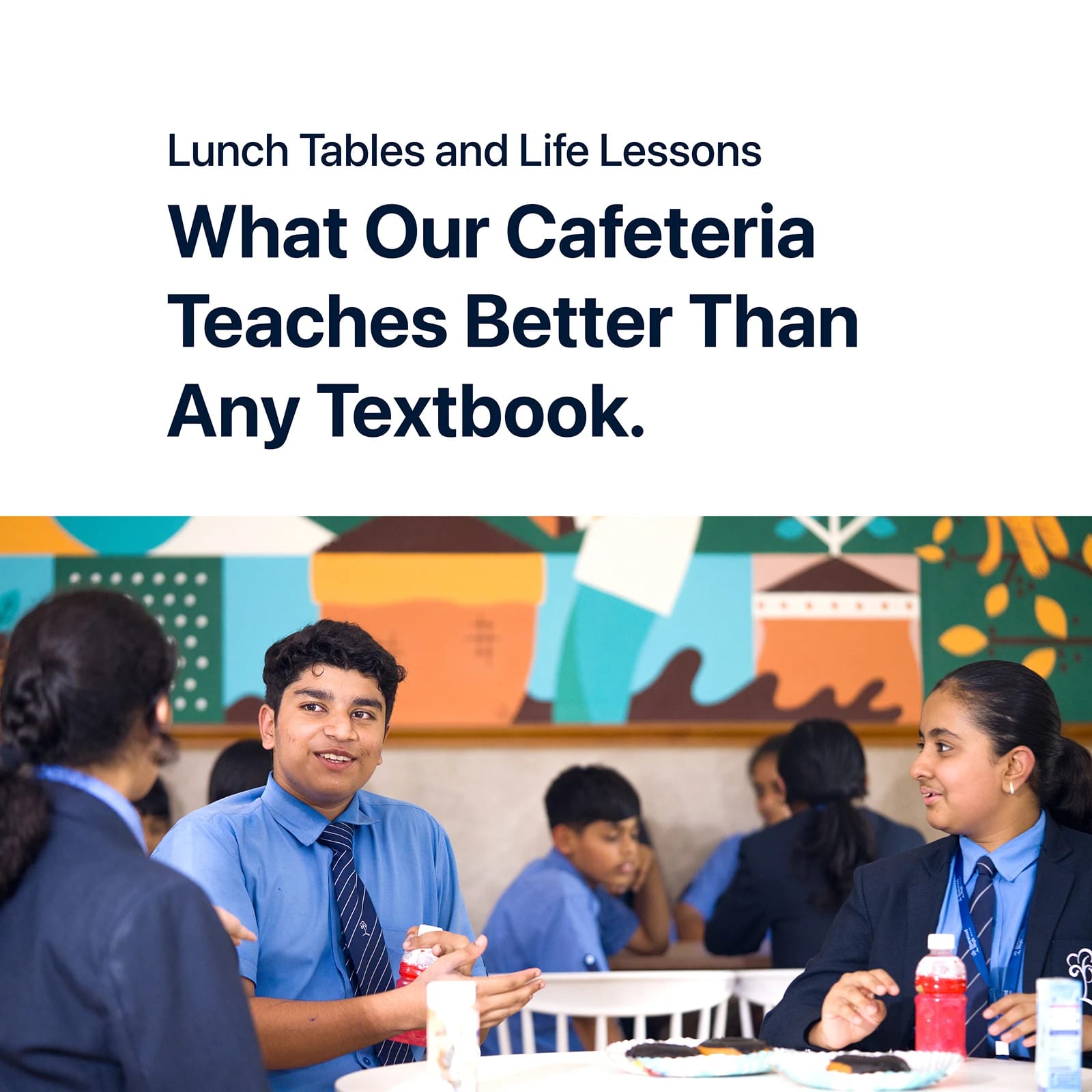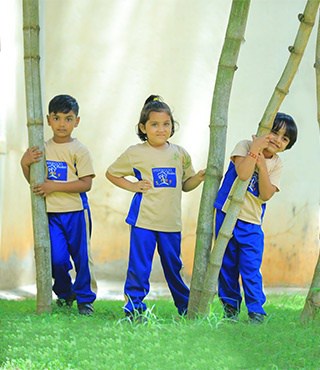
Lunch Tables and Life Lessons: What Our Cafeteria Teaches Students
Because not every classroom has four walls.
There is a certain hum that rises in the cafeteria at Sherwood High. It is not loud, but it is full — of voices, of motion, of tiny rituals unfolding in unison. For many, it might seem like an ordinary lunch hour. But linger for a moment, and you will begin to notice something else.
This is where children learn how to belong.
A table shifts to make room. A water bottle is passed without being asked. A favourite dish is offered to someone who forgot their lunch. These are not taught behaviours. They are absorbed — from the quiet code of kindness that exists between peers, and the understanding that food, when shared, somehow tastes better.
Sherwood High has never seen its cafeteria as merely a place to eat. It is a space where values stretch their legs — where empathy, inclusivity, and resilience take everyday form. It is where children begin to understand difference — in meals, in mannerisms, in conversation — and still find ways to sit together. That is no small lesson.
Some students arrive with neatly packed tiffins; others carry the surprises of a rotating mess menu. In this variety lies a chance to learn appreciation without comparison. Generosity without pity. Dignity without explanation.
There are days, of course, when misunderstandings flare, or preferences clash. A favourite snack may be spilled, a friend may sit elsewhere. But even these moments are full of instruction — about managing disappointment, choosing grace over reaction, or simply trying again the next day. They shape a child’s emotional vocabulary in ways that will stay long after the school years end.
And somewhere amidst the chatter and the clatter, a kind of growth happens. Not the visible kind that can be captured in a school photograph — but the slow, steady kind that shows up in how a child treats others when nobody is watching.
This is what we see every day at Sherwood High. And it is why we believe that even something as simple as a lunch break can be profoundly formative.
So when your child comes home and says, “Lunch was nice,” know that something meaningful may have quietly unfolded between the first bite and the last. A bond. A choice. A lesson — taught not by an adult, but by life itself.






